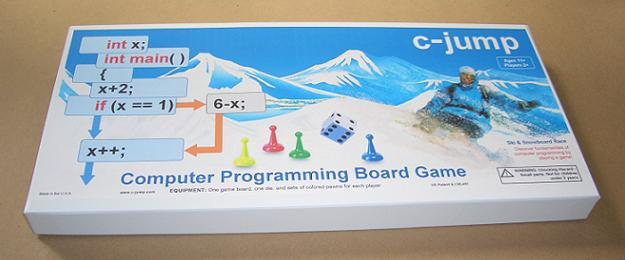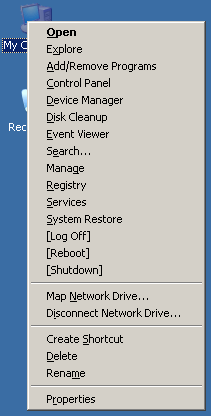naming conventions
Microsoft naming: who stole the soul?
Jason Kemp notes that Microsoft's choice of product names can have some unintended consequences: I don't know yet how I feel about the name Windows Vista, but it at least has some character to it. But Windows Presentation Foundation? Windows Communication Framework? Who wants to use






